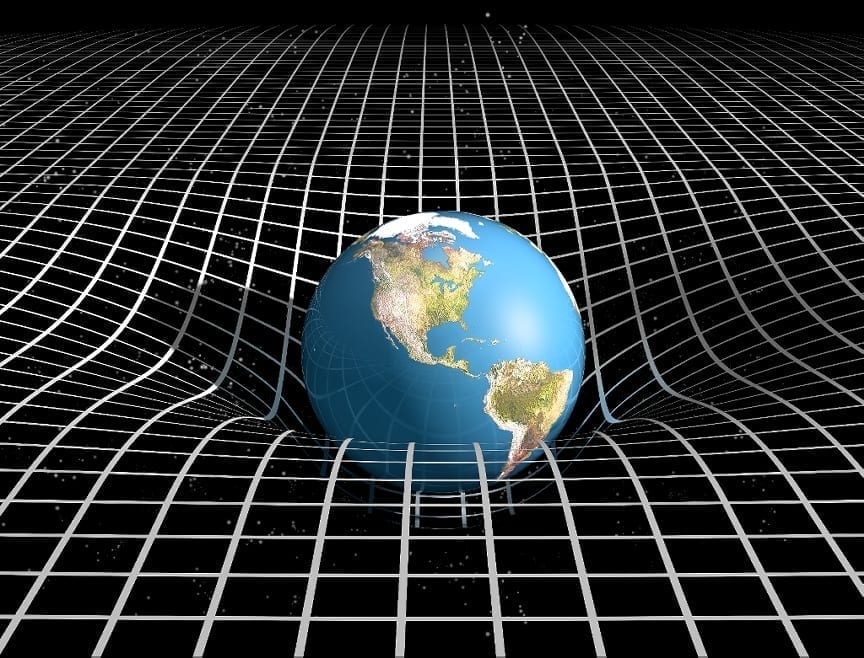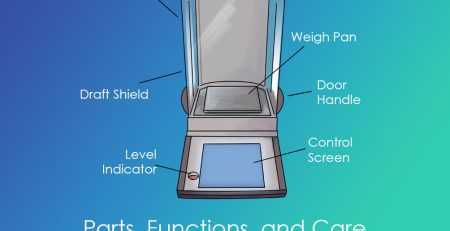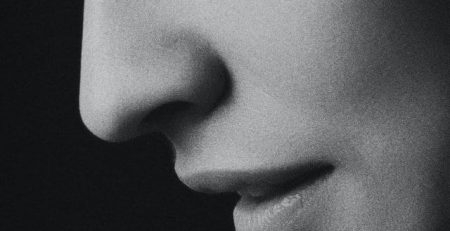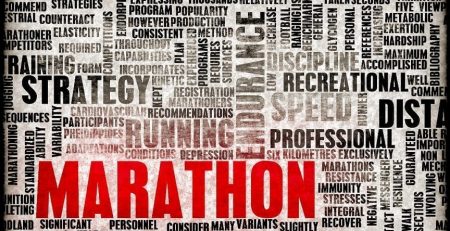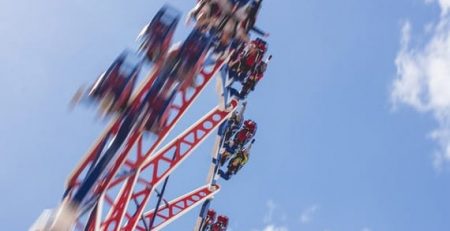Combining Quantum Mechanics and Gravity
Quantum mechanics may seem like it is outside our realm of experience. However, it is an integral part of the physics that rules our lives. Yet, it is not without its problems. There’s one very important facet of our everyday experience that is not described in a quantum framework– and that’s gravity. Since it keeps matter together, gravity is one of the powerful forces of the cosmos — and of life itself. For quite some time, we have struggled with the goal of uniting gravity and quantum mechanics. Nowadays, physicists have had many ideas (some great, others not so much); however, nothing experimentally verifiable (like string theory) has surfaced. That is, until now.
Some physicists are starting to think gravity itself is the ultimate decoherence, or the weakest form of background noise. Furthermore, it is growing as the prime suspect for the collapsing of superposition wave-functions in the quantum realm. It all begins with a thought experiment based on quantum mechanics. We’ve talked about this thought experiment in a previous article. It deals with shooting a single photon at an object, a ball. Read about this experiment here. In essence, the thought experiment shows how a macroscopic object cannot be put into a superposition, because it’s so large that the interference from background noise – that is, interactions from other particles in its environment – always force it to choose one determined state from another, not both. A photon can easily be in a state of superposition because it has no mass. This background noise is called environmental decoherence. We have been musing over this troubling situation for nearly a century now.
Well, what if I told you we could now develop technology to replicate this thought experiment? Dirk Bouwmeester – an experimental physicist who allocates his time between the University of California, Santa Barbara, and Leiden University in the Netherlands – has developed a setup mimicking the photon-and-ball experiment, but instead of doing it traditionally, he has replaced the ball on its spring with an object called an opt mechanical oscillator. This is basically a tiny mirror on a springboard. The objective is to put the oscillator in a quantum superposition of two vibration modes, and then see whether gravity destabilizes the superposition. A decade ago, oscillators could only wiggle approximately 100 000 times before we had gravity destabilizing the superposition. However, due to recent advances in technology, they can now wiggle up to 1 million times. This is approximately what is needed to prove we can put macroscopic objects into superposition, and in 3 to 5 years, it could give us an answer to whether or not gravity collapses superposition states.
Believe it or not, it gets better. Markus Aspelmeyer – a professor of physics at the University of Vienna – is also working on several different modifications of this thought experiment. Two of which can be tested here on Earth, and one experiment can be put on a satellite in orbit. The object they will use is called a “nanosphere.” This will be cooled to its lowest energy state of motion, and a laser pulse will then put the nanosphere in a quantum superposition of two locations, analogous to the famous double-slit experiment. The nanosphere will act like a wave with two interfering peaks as it moves toward a detector. Each nanosphere can be detected in only a single location, but after repetitions of the experiment, interference fringes will start to appear in the distribution of the nanospheres’ locations. If gravity destroys super positions, the fringes won’t appear for nanospheres that are too massive.
The Earth-based experiments are not yet available to test, as the nanospheres cannot be cooled to their ground state. Not only that, but they fall too quickly in Earth’s gravity. Fret not, in space-based satellites, these conditions for optical platforms are already met! Aspelmeyer’s team of researchers have made their proposal to the European Aeronautic and Space company in Germany, which should be given the go ahead for experimentally testing gravity’s role in quantum mechanics. Which, in this case, would be the relationship between the mass of the nanospheres and the nature of environmental decoherence. Now that we have our experiments, what will reign as champion between these two mighty theories? What are the predictions? Most physicists have postulated that quantum mechanics will come out on top. The oscillator will be able to be put into a state of superposition. The gravitational field can be in two places at once, interfering with itself, just like other fields described by quantum field theories. But the true victory would be in that this experiment would be evidence for gravity being the force that can cause a peculiar quantum mechanical property in itself, wave function collapse!!! That’s right, the famous relationship put forth mathematically by Heisenberg, the uncertainty principle, would be collapsed by gravity at random, due to it being the lowest form of “background noise” permeating the universe. In the space-based oscillator experiment (and soon the Earth-based experiments), we can rule out all other background noises, all but gravity. And the larger they are, the more likely gravity collapses that superposition, in addition to any other possible outside interaction. You can remove electromagnetism, you can remove air particles, but you cannot remove gravity and its infinite range.
In one fell swoop, a spooky unexplainable property of quantum mechanics can now explained by gravity AND verified by experiments. The one force previously absent from quantum mechanical relationships of the Standard model, now being the ultimate environmental decoherence. There is a nice symmetry to that. In 5 to 10 years, we shall have our answers….Needless to say, this makes me giddy like a child.




